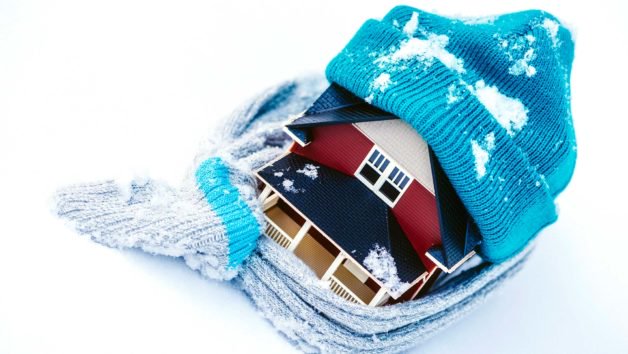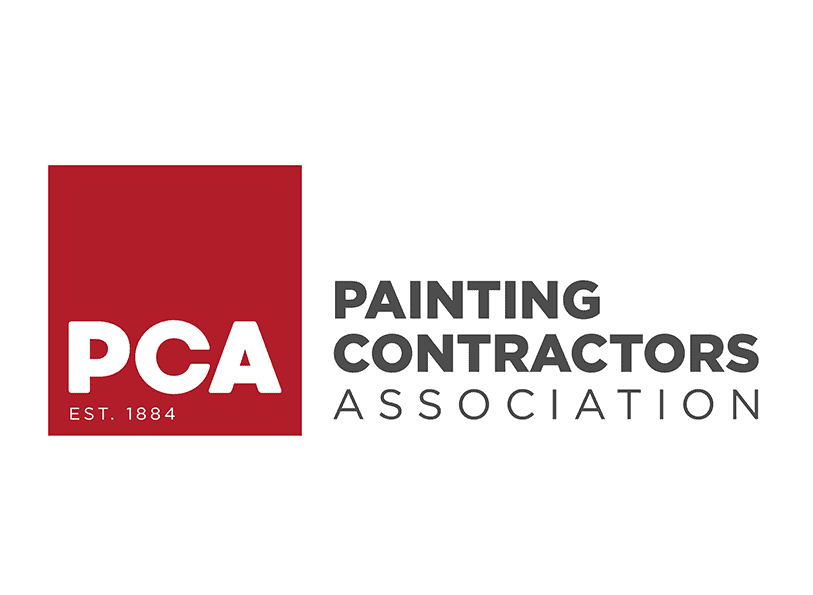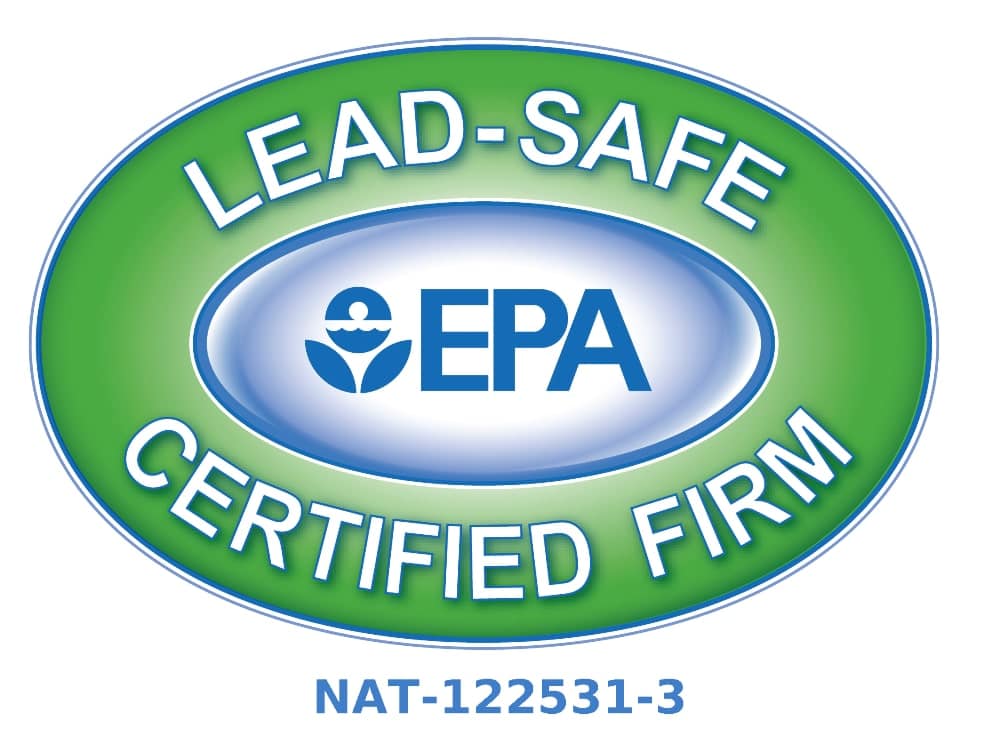
13 Nov Winterize Your Home
It’s not too late to perform some winterizing of your home if you haven’t already! This winter’s fluctuating temperatures could cause damage to a home – not to mention the loss of energy efficiency. As Northern Virginia professional painters, we can offer a few simple tips any homeowner on things you can do yourself to protect your home this winter.
- The first thing you can do is call the pros. Every home’s HVAC system should be regularly checked and maintained by HVAC professionals, ideally in the spring and fall. It’s never too late to get someone in to do a careful inspection of your entire HVAC system. The maintenance should involve cleaning or replace any filters, cleaning the blower’s blades, and repairing any leaks found around air ducts. It could save you a lot of money in the long run and protect your family from suddenly finding themselves with no heat in winter due to a broken unit!
- Make sure you’re regularly changing any filters in your system. Dust and mold build-up can be unhealthy for obvious reasons but especially for those with allergies and asthma.
- You should have winterized your outdoor plumbing by now. It should always be done before the first hard freeze. If you haven’t done that yet, then we recommend you prioritize it. Drain and turn off any outdoor faucets, hoses, or exposed pipes or they could burst!
- Check your windows and doors for weatherstripping and caulk in good condition. Check as well for any drafts. Caulking and weatherstripping aren’t the only way to seal a home from losing energy, but it’s one of the easiest. We’re happy to repaint and caulk windows and doors if you call us for an appointment.
- While it’s best to prune trees and shrubs overhanging or touching the house in late winter, a strong storm could cause branch breakage and damage this winter. If necessary, prune any branches posing a potential threat to your home or walkways.
- Clean your gutters! Gutters filled with debris and leaves can pose issues to your structure when they freeze up in winter.
- Check your home’s siding or shingles for any visible cracks. We recommend filling those cracks with caulking, but that is often a job best left to us as professionals. It is important to use the right caulking, and it might be necessary to paint over the caulking. We can help with if needed.
Contact us at Home Works Painting, Northern Virginia professional painters, for help this winter. You can read more about our services and call us to set up an appointment or answer any questions you might have.
FAQ
1. Why is it important to winterize my home before the cold season?
Winterizing your home helps prevent heat loss, reduces energy bills, and protects your property from damage caused by cold temperatures, moisture, and ice. Proper winterization, including insulation, air sealing, and exterior maintenance, ensures your home stays comfortable and efficient during winter.
2. How does exterior painting help protect my home in winter?
A fresh, properly applied exterior paint layer acts as a barrier against moisture, wind, and freezing temperatures. It helps seal cracks and gaps, preventing water intrusion, wood rot, and paint peeling. Using weather-resistant paint and sealing vulnerable areas like window trim and doors further enhances protection.
3. What steps should I take to prepare my home’s exterior paint for winter?
-
Clean surfaces to remove dirt and mildew.
-
Inspect and touch up cracks, chips, or peeling areas with weather-resistant paint.
-
Trim trees and shrubs to prevent branches from damaging painted surfaces.
-
Apply waterproof sealant to high-impact areas.
-
Ensure gutters are clean and functioning to prevent water damage.
4. Can I paint my home’s exterior during winter?
Yes, but it requires careful planning. Use cold-weather paints that can be applied in temperatures as low as 35°F (1.7°C). Paint during the warmest part of the day, monitor weather conditions, and avoid painting if rain or freezing temperatures are expected within 24 hours. Proper surface preparation and product selection are crucial for a lasting finish.
5. How does insulation and air sealing relate to winterizing and painting my home?
Insulation and air sealing help keep warm air inside and cold air out, reducing drafts and energy waste. Sealing gaps around windows, doors, and exterior walls not only improves comfort and efficiency but also protects painted surfaces from moisture intrusion and related damage, ensuring your paint job lasts longer.

Mike Katounas is the owner of Home Works Painting, a painting business in Northern Virginia. He has over 15 years of experience in residential interior and exterior painting, drywall installation/repair, carpentry, wallpaper removal, power washing, commercial painting, color consultation, and staining/sealing. Their service areas include Chantilly, Fairfax, Herndon, Oakton, Reston. Mike takes pride in his work, and he always follows a strict code of conduct that includes the use of quality paint, a clean workspace, and an honest, respectful approach to his customers.












Sorry, the comment form is closed at this time.